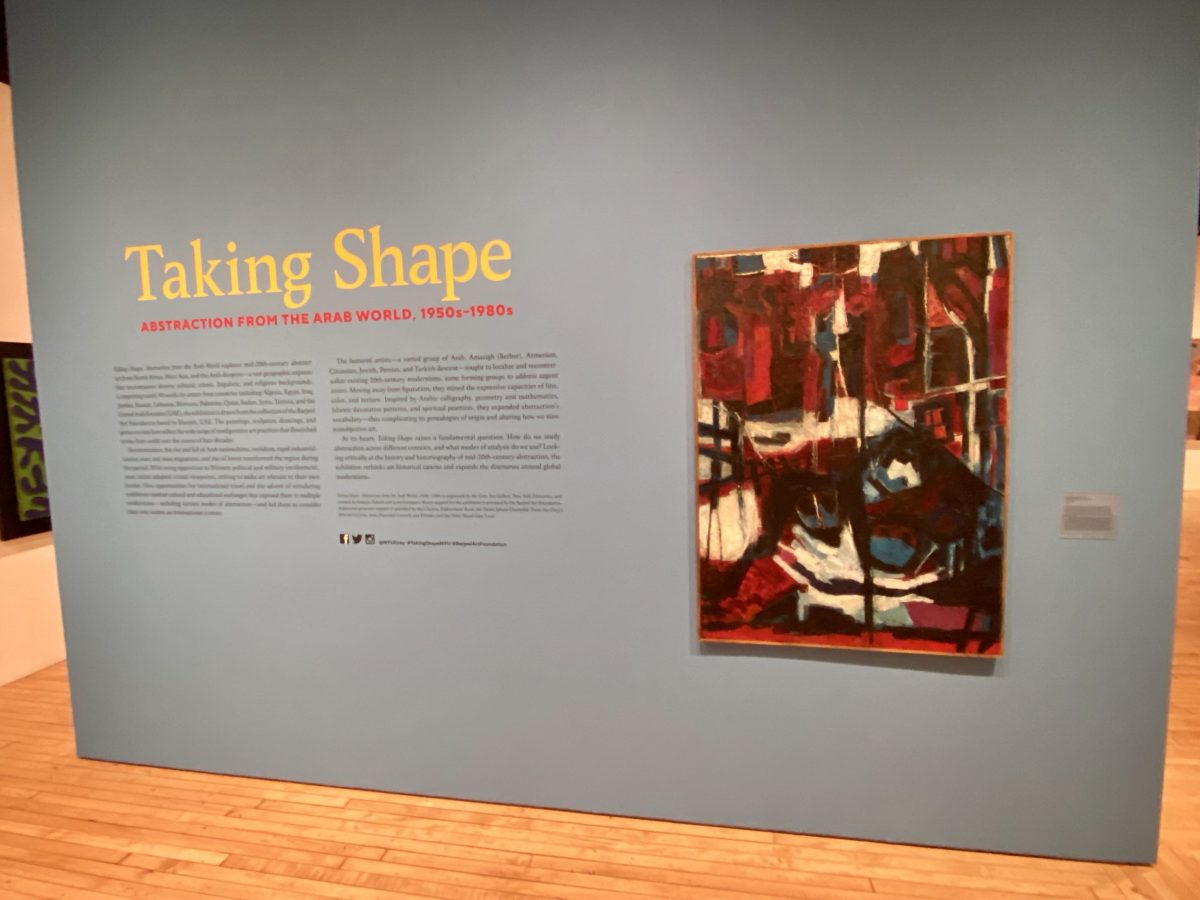An exhibition at an NYU art gallery in Greenwich Village looks at the development of abstract art in the Arab world during the second half of the 20th century.
“Taking Shape: Abstraction from the Arab World, 1950s-1980s,” is at the Grey Art Gallery, 100 Washington Square East. It’s presented by the Grey Gallery and Barjeel Art Foundation in the United Arab Emirates, whose collection the show’s nearly 90 works come from. Artists featured in the show come from many countries, including Algeria, Egypt, Iraq, Jordan, Kuwait, Lebanon, Morocco and more.
The exhibition explores meanings behind abstraction against the backdrop of what was happening in the Arab world during those decades, including decolonization, the rise and fall of Arab nationalisms, industrialization, wars and mass migrations, and new state formations. At the same time, new opportunities for international travel and circulating exhibitions allowed for artists to see various expressions of modernism, including abstractions in art.
Among the art movements included in the exhibition is Hurufiyya, which explored visual elements of the Arabic language and letters in different ways from classical Islamic calligraphy. This movement spanned across many countries, and some explorations were more secular, while others kept influences of religion and spirituality.
A work by Egyptian artist Omar El-Nagdi, for example, used repeating images of the first letter of the Arabic alphabet, alef, which is a vertical line and also the shape of the Arabic number one, to create repeating layers. The letter is also the first one in the name of God, Allah, and the work invokes Sufi elements, the exhibition notes, and the concept of the indivisible nature of the divine.
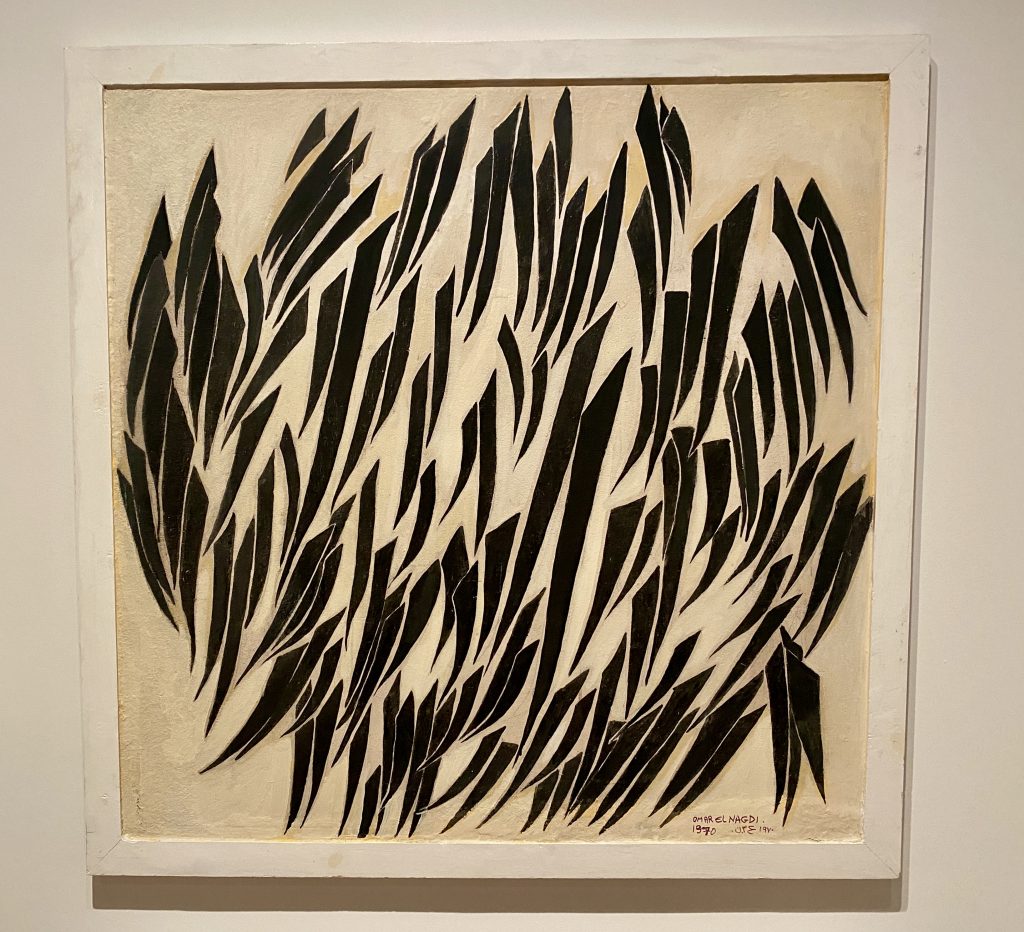
“Via a critical examination of abstraction in the collection of the Barjeel Art Foundation, the exhibition invites a (re)consideration of the attribution of abstraction’s emergence to a single historical moment,” said co-curator Suheyla Takesh of the Barjeel Art Foundation in a statement. “In its own way of emulating the artistic practices of the time, the exhibition is also a vantage point on how contemporary discourse on global modernisms and decentralized genealogies of abstraction is unfolding or, in a nod to the title of the show, taking shape.”
Other artworks in the exhibition are influenced by geometry and Islamic decorative patterns that appear in architecture and objects like carpets. And some movements highlighted include the Baghdad Group for Modern Art, founded in 1951, which used Hurufiyya and also adapted modernism to local culture and history, including Mesopotamian archaeological objects.
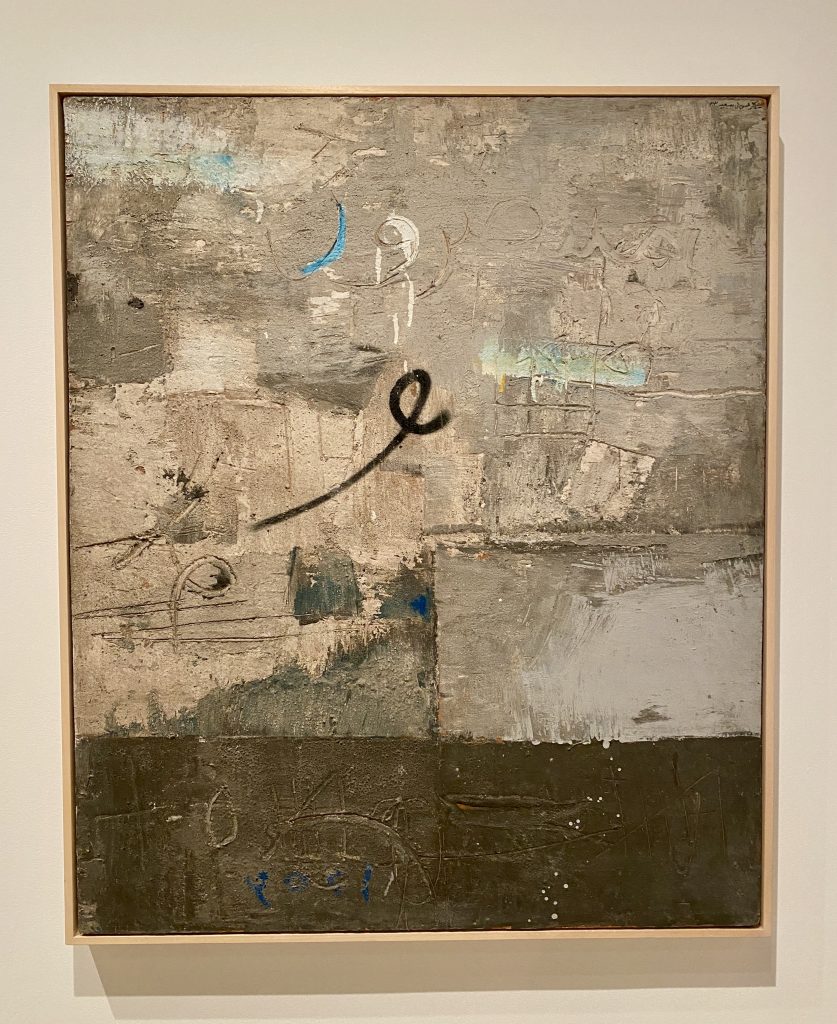
There is also the Casablanca School, an avant-garde group started in 1965 that also sought to incorporate local heritage and culture. And the Aouchem (“tattoo”) group in Algeria focused on forming local symbols and body art into abstract art.
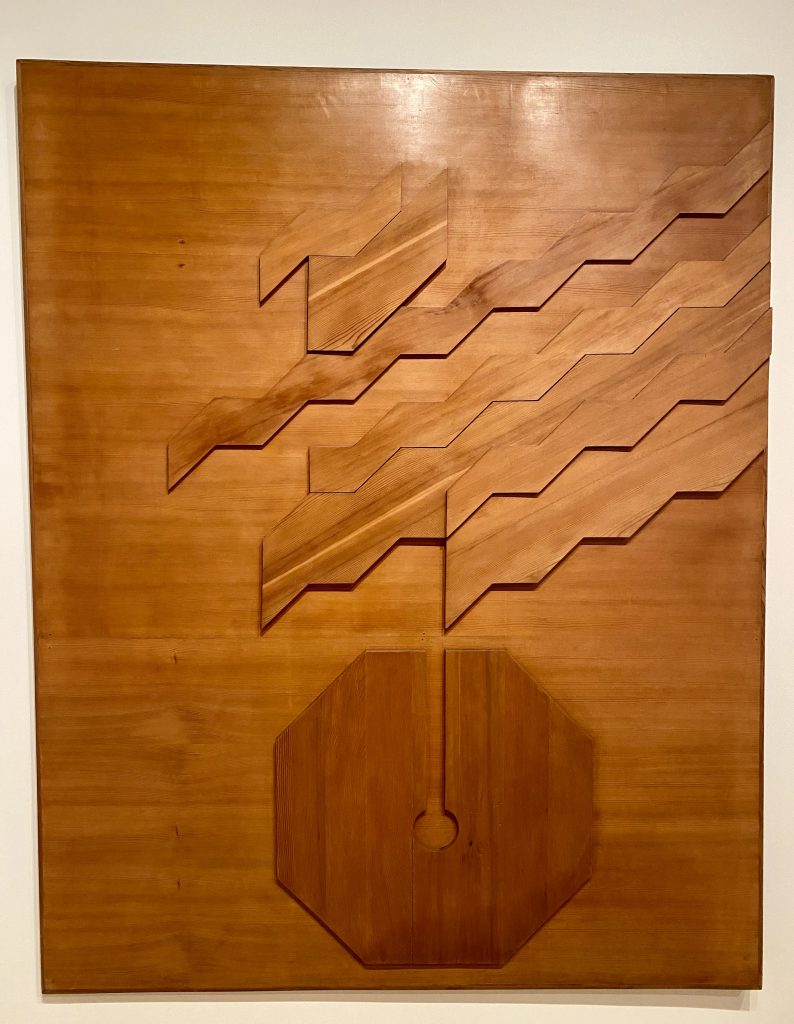
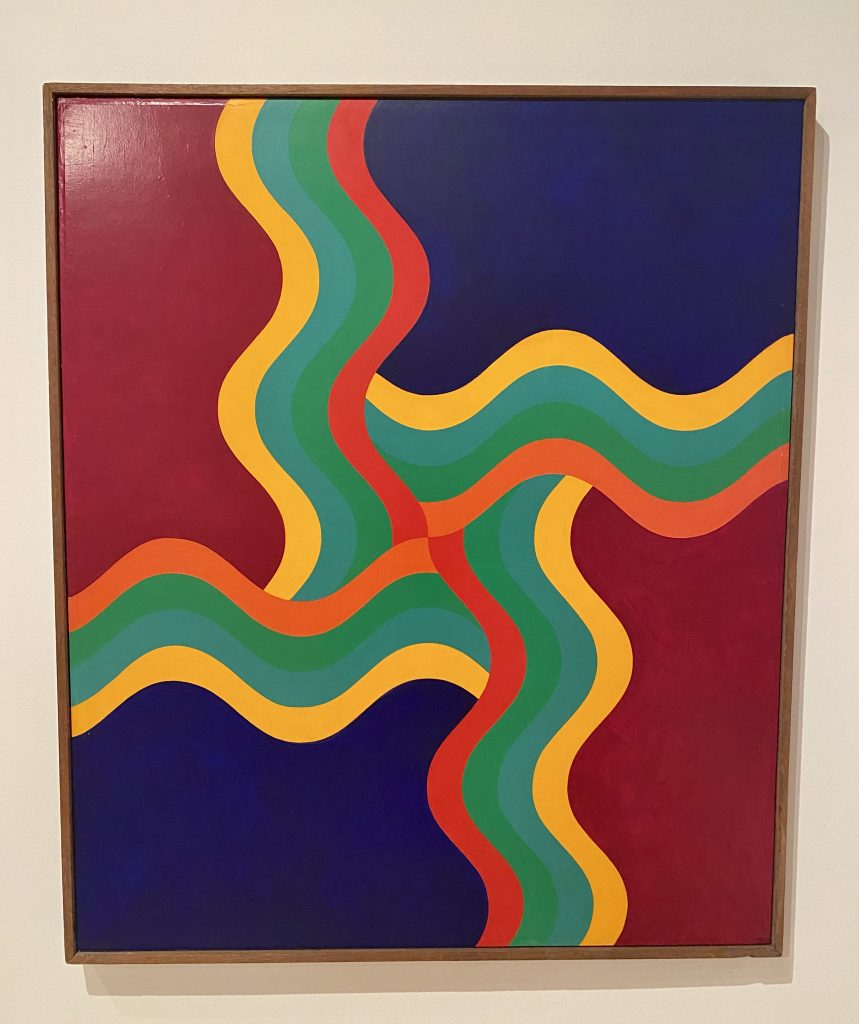
“It is very appropriate that, as a university museum, the Grey broadens vistas and looks closely at art made over the four decades in question by individuals that come from so many different nations, with different belief systems and histories,” noted co-curator Lynn Gumpert, Director of NYU’s Grey Art Gallery, in a statement. “We chose an exhibition title, Taking Shape, that recognizes and conveys to the public that our approach to abstraction in the Arab world is not static—even with regard to the art of this defined time frame—but is, rather, in formation.”
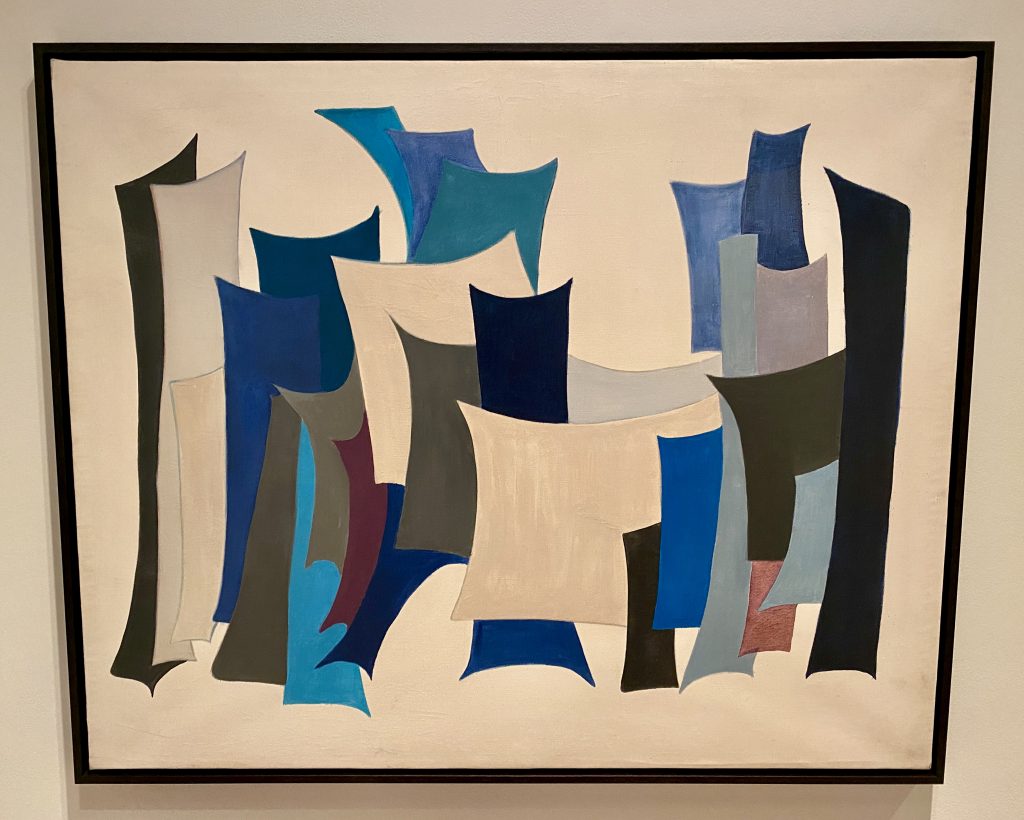
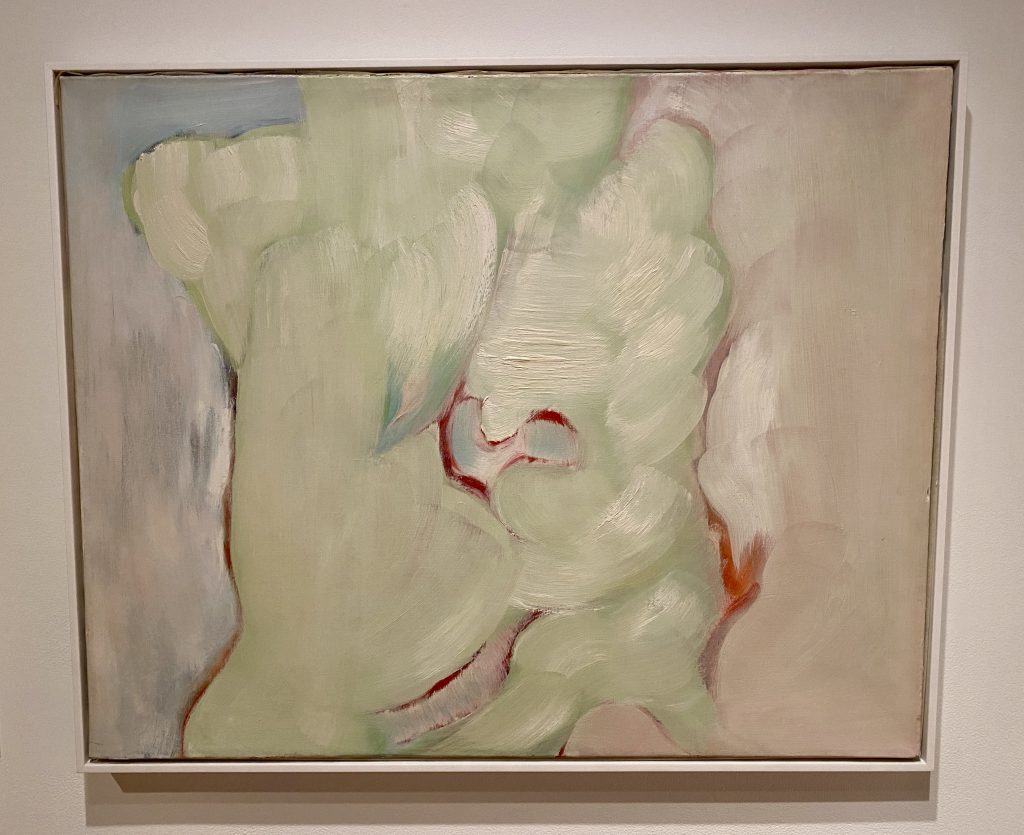
Along with the two floors of art on display in the exhibition, there are accompanying public programs at nearby NYU locations. Upcoming events include a March 5 lecture “Place, Poem, Body, Spirit: Looking at Abstract Art in Lebanon,” at the Silver Center, 32 Waverly Place; a March 13 symposium “Taking Shape: New Perspectives on Arab Abstraction,” at 255 Sullivan St.; and a March 24 lecture “Modernism in Beirut: The Politics of Postwar Abstraction,” at the Silver Center. More information can be found at greyartgallery.nyu.edu.



